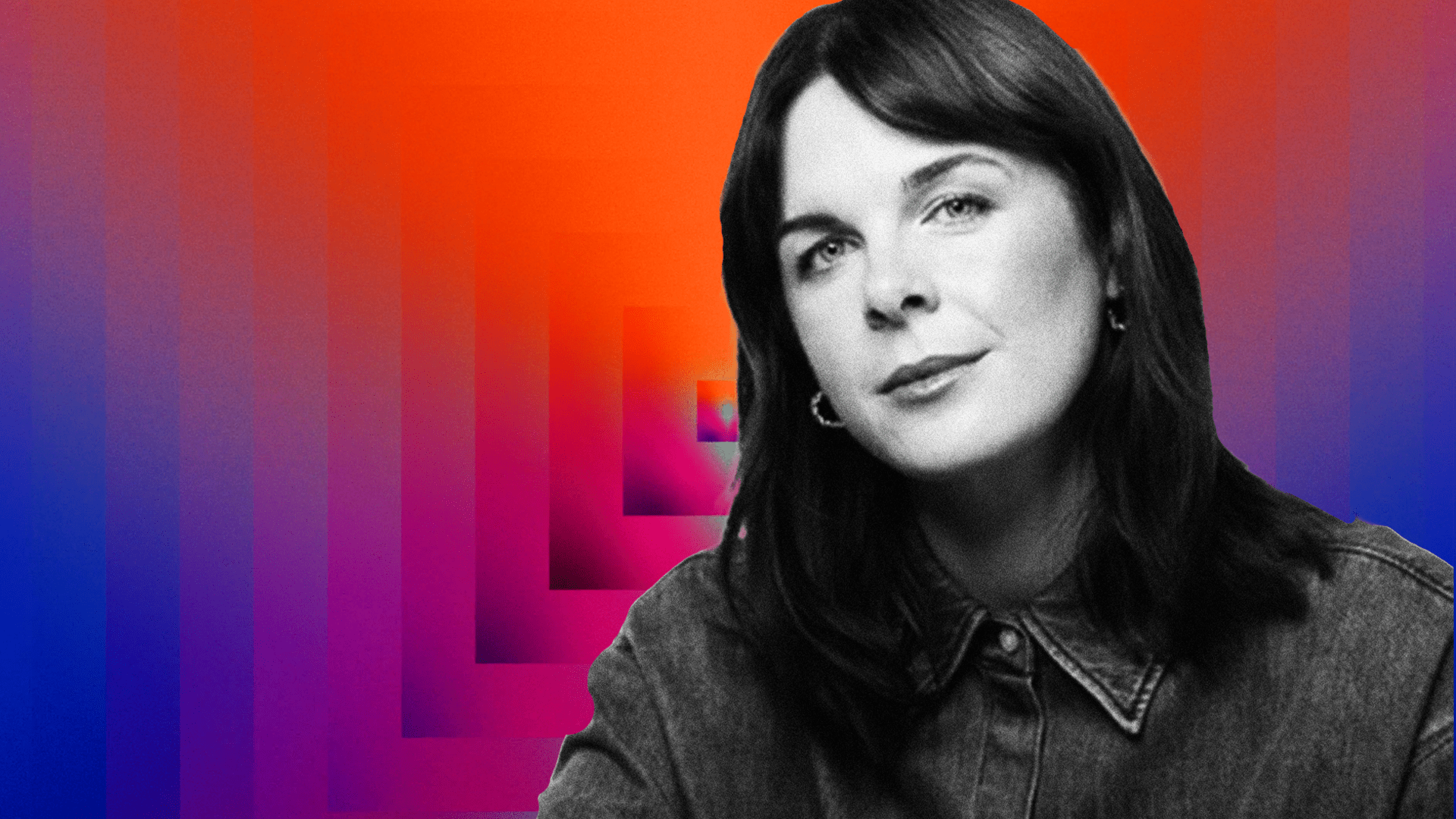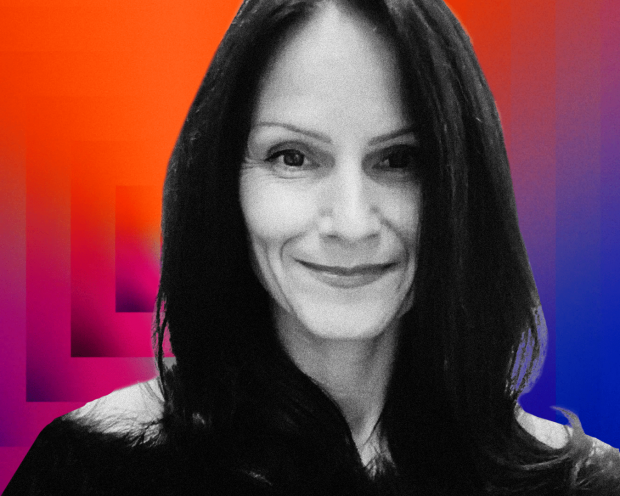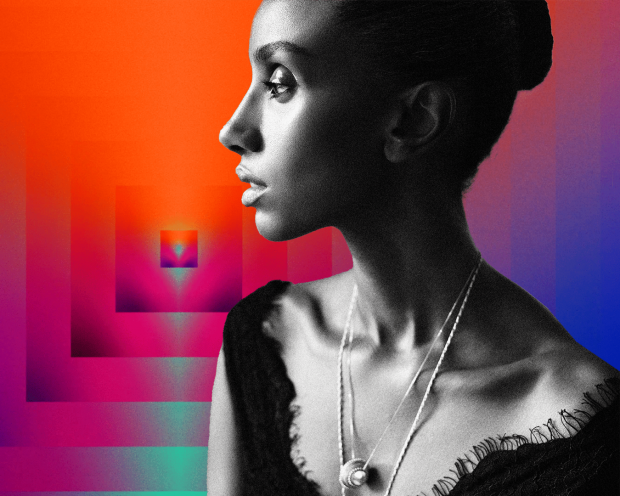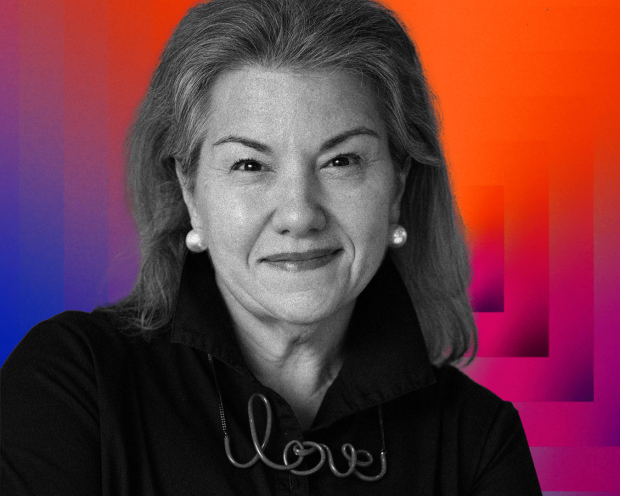In a world constantly seeking innovation and unique experiences, Émilie F. Grenier stands as a pioneering force in experiential design. As Principal at TAIT / Thinkwell in Montréal, Émilie has honed a creative process that centers on the end user while questioning and exploring the physical, emotional and intellectual engagement of individuals within a space. Her approach is a delicate balance between intuition and strategic inquiry, focusing on how a person’s heart, mind and body interact with their surroundings to create memorable and impactful experiences.
“Every single one of my clients asks me every day, what’s the future of experiential?” says Émilie. “It’s my job to answer that, and it’s an exciting pressure to face. I don’t have a clear answer, though, because for me it comes back to the why. Yes, there’s a business objective, but I need to define that why to bring it to life — to craft a guest journey and a true, meaningful experience.”
Émilie’s philosophy extends beyond the spectacle, advocating for the elevation of everyday experiences through a connection to the supernatural. Keep reading to uncover how her work challenges the notion that experiences must be grandiose, and the importance of motherhood in her creativity as she invites us to reimagine our relationship with the spaces we inhabit and the moments we cherish.
Tell us about your process. How do you begin new projects?
Émilie F. Grenier: So, after about 20 years in the business of imagining multisensory experiences, I developed a creative process that acts like a skeleton to guide me. I always bring it back to the end user. What is their hand doing? What is their body doing? What is their heart feeling? And what is their mind thinking? That creates a web, and the project is somewhere in there. All of the projects are different, but this web is my take on how we should put things onto this planet. We’re designing experiences, and experiences are felt, so thinking about people’s hearts, minds and bodies is an incredible guide to design alongside.
You’ve also worked with many big brands to bring these multisensory experiences to life. What are the behind-the-scenes conversations to make brands comfortable taking risks?
ÉG: I’m really lucky in my relationship to brands, because often when I’m in conversation with them, they’ve already decided to take a risk. They’re asking themselves, what’s next, how might we push boundaries and how might we innovate? Take Cirque du Soleil, for example: they’ve built an incredible legacy, and we always start by asking questions. In today’s landscape, a relationship with a brand starts way before buying a ticket, so we have to expand our offerings. We often get there just by asking questions. I love working with brands like Cirque that are ready to push boundaries.

What is your most surprising take on the role of technology in the experiential space now?
ÉG: I’ve been working with experimental technology my whole career. And I’ve come to realize that for technology to do its job well, it has to be invisible. There’s a beautiful quote by Arthur C. Clark that says, Any sufficiently advanced technology is indistinguishable from magic.
We’re all on this formidable quest for magical realism. That’s where the art and technology space is so expert, but to achieve magical realism, the technology has to be invisible. It has to go away. A black cable is not magic. A projector is not magic. A technical grid is not magic.
How might we augment our experience of life through our senses, through our body, without brands being at the forefront, without technology being at the forefront? You put something on the planet, and five minutes later that technology is already outdated. Technology ages in dog years. So you have to come back to the body. You have to come back to the guest and your intention and story. What layer of magic are you adding to the world, to humanity, and how do we shortcut that? Technology is a shortcut.
You highlight your role as a mother of two children in your professional bio. How has motherhood influenced your creativity?
ÉG: Motherhood brought me a sense of legacy as I help build memories in my children’s minds and hearts. Kids are so creative, whether that’s through the arts or the ways that they learn or express themselves. When you are around children, day and night, rules are subjective. As a parent, I’m responsible for setting so many rules, and as a creative director, I am too. I’m responsible for carrying a world vision within the boundaries of a project or within the boundaries of raising a human.
And those two things are so connected — I’m an incredibly intuitive creative director and have to be an intuitive parent, or else that would be very hard. I added the fact that I’m a mother to my bio because it permeates who I am, how I look at things, how I create and how I engage with the world. I think we should be more transparent about where that comes from. A lot of experience design is about connecting who you are on the inside and what you’re hoping to create on the outside — and that’s deeply linked to raising children.
Speaking of your bio, there’s another line about “continually tuning into the supernatural to elevate the everyday.” How does this approach factor into your projects?
ÉG: “Tuning into the supernatural to elevate the everyday” is my hope for experience design and the experiential industry. Not everything has to be a giant spectacle all the time. Let’s use the same toolsets and design intent, but sometimes just a thoughtful piece of signage or software makes the architecture around you feel alive or connects you to who you are. A lot of experiential trends require huge budgets, and that’s amazing but not sustainable. I’m trying to create magic that elevates the everyday through remarkable moments. Billion-dollar budgets are amazing, and working at the scale of the city is fantastic. But creating small everyday moments can be just as worthy of our time. Experiential should not mean superficial.
What’s the best experience you have ever attended? Why does it stand out?
ÉG: I have to hack this question a little bit, because when I think of the best experiences, to me, it’s nature. It’s waterfalls, it’s forests, it’s trees that bring me back to my own sense of scale. Nature’s designed seamlessly and elegantly for all the senses — and that’s a constant inspiration. At Thinkwell, we designed a show during the pandemic for a dormant hydroelectric power station in Niagara Falls. The station was built in 1905, and it had been dormant for 20 years in 2020 when we were invited to design an experience for it.
Currents: Niagara’s Power Transformed is still one of my favorite shows that I’ve ever designed. It was a 40-minute projection map over the floor and walls, with music and architectural lighting to enhance the extent of our projection mapping surface. The experience was a storybook for giants. The scale was similar to the Tate Modern in London; it felt like an industrial cathedral. This experience happens, of course, at night — it’s architectural augmentation, so we need darkness — and it’s as if the space woke up. Just being in the space is quite magnificent in itself. It was incredibly humbling to create experiential design moments that will only ever be second to something as grand as planet Earth itself. And we should draw constant inspiration from that.

Why does experiential matter to you?
ÉG: Experiential matters because moments matter, right? When we think about recollections of people on their deathbeds or near-death experiences, it’s that collection of moments. This beautiful short film of scenes from a life — experiential connects us to our humanity, to our senses, to our presence, to the fact that we’re alive. Experiential has all these wings. It’s ambitious, but it’s the key. I know that I play a big part in influencing the future of experiential, and I’m grateful for that. I’m a curious person and can’t wait to build it.
I don’t have a plan for the future just yet, because brands are asking questions, meeting us in different ways. Spaces are also being activated in different ways. Market segments are more permeable than ever. And I’m excited about making cities, places and events feel more alive, meaningful and connected to us. I’m excited for a time when my phone holds less power and our experiences feel more seamless. I’m excited for the future. We get to influence that, we get to be a part of that and build that.

As Principal at TAIT / Thinkwell, Émilie F. Grenier sets the creative vision for the studio and leads her teams to create large-scale multisensory installations for an international client base. While her earlier creations had an intimate scale, her later work — with institutions such as the National Film Board of Canada, Arte, Daily tous les jours, Cirque du Soleil, Musée national des beaux-arts du Québec and now Thinkwell Studio Montréal — expanded to immersive spaces in both built and natural environments. Émilie is a Phyllis Lambert – UNESCO Creative Cities fellow. As a mother of two young children, she is continually tuning into the supernatural to elevate the everyday.
Join us in XP Land. A community for experiential creatives and experience-makers, brand leaders and IP-owners, space stewards and venue visionaries — all of those in the business of epic gatherings and live, immersive storytelling.



